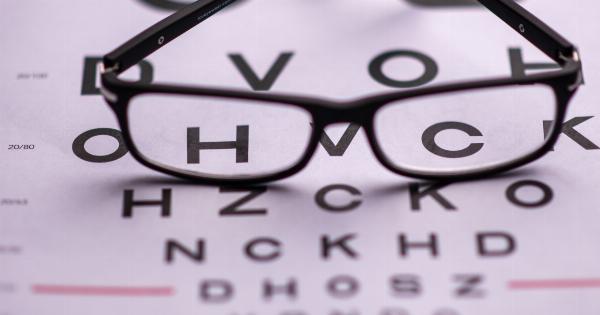Cancer patients are at an increased risk for developing arterial thrombosis, a condition in which a blood clot forms in an artery. This can be a serious complication, as it can lead to restricted blood flow and damage to organs and tissues.
In this article, we will explore the risk of arterial thrombosis in cancer patients and discuss potential prevention and treatment options.
Risk of Arterial Thrombosis in Cancer Patients
Arterial thrombosis is more common in cancer patients than in individuals without cancer. According to research, up to 15% of cancer patients develop this condition.
There are several reasons why cancer patients are at a greater risk for arterial thrombosis:.
- Cancer cells can release procoagulant substances that cause blood to clot more easily.
- Cancer patients are often immobile or bedridden, which can increase the risk of blood clots forming.
- Cancer treatment, such as chemotherapy, can damage blood vessels and increase the risk of clotting.
- Certain types of cancer, such as pancreatic and lung cancer, are associated with a higher risk of arterial thrombosis.
Symptoms of Arterial Thrombosis
The symptoms of arterial thrombosis may vary, depending on the location and severity of the blood clot. Some of the most common symptoms include:.
- Pain or discomfort in the affected area
- Swelling or redness
- Weakness or numbness
- Dizziness or fainting
- Shortness of breath
- Chest pain
Prevention and Treatment Options
Preventing arterial thrombosis in cancer patients is crucial, as it can lead to serious health problems. Here are some prevention and treatment options:.
- Anticoagulants: These medications can help prevent blood clots from forming. They are often prescribed to cancer patients who are at a high risk of arterial thrombosis.
- Compression stockings: These stockings are designed to improve blood flow in the legs and prevent blood clots from forming.
- Exercise: Regular exercise can help improve circulation and reduce the risk of blood clots.
- Hydration: Staying hydrated can help prevent blood from thickening and clumping together.
- Surgery: In some cases, surgery may be necessary to remove a blood clot.
Conclusion
Cancer patients are at an increased risk for developing arterial thrombosis, a condition in which a blood clot forms in an artery. This can be a serious complication, but there are several prevention and treatment options available.
Patients should work closely with their healthcare provider to determine the best course of action for their individual needs.




























